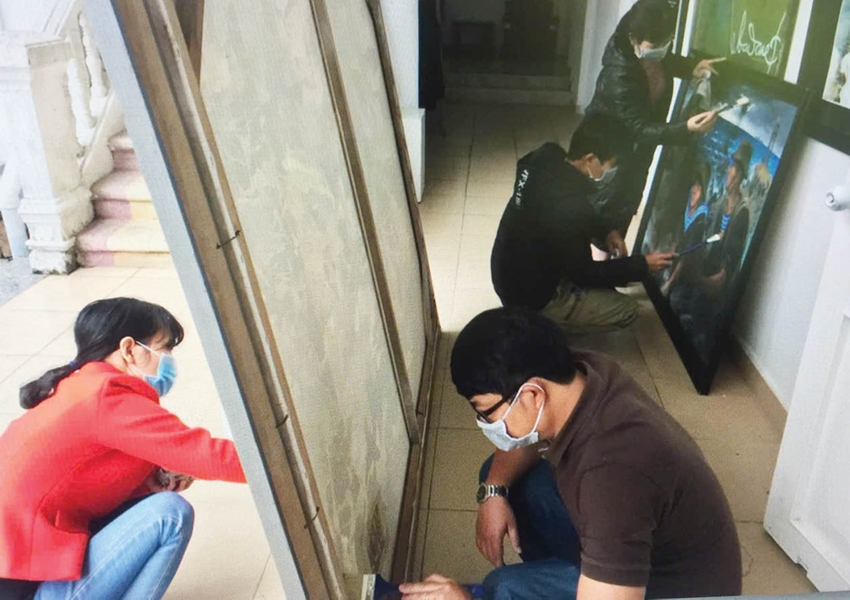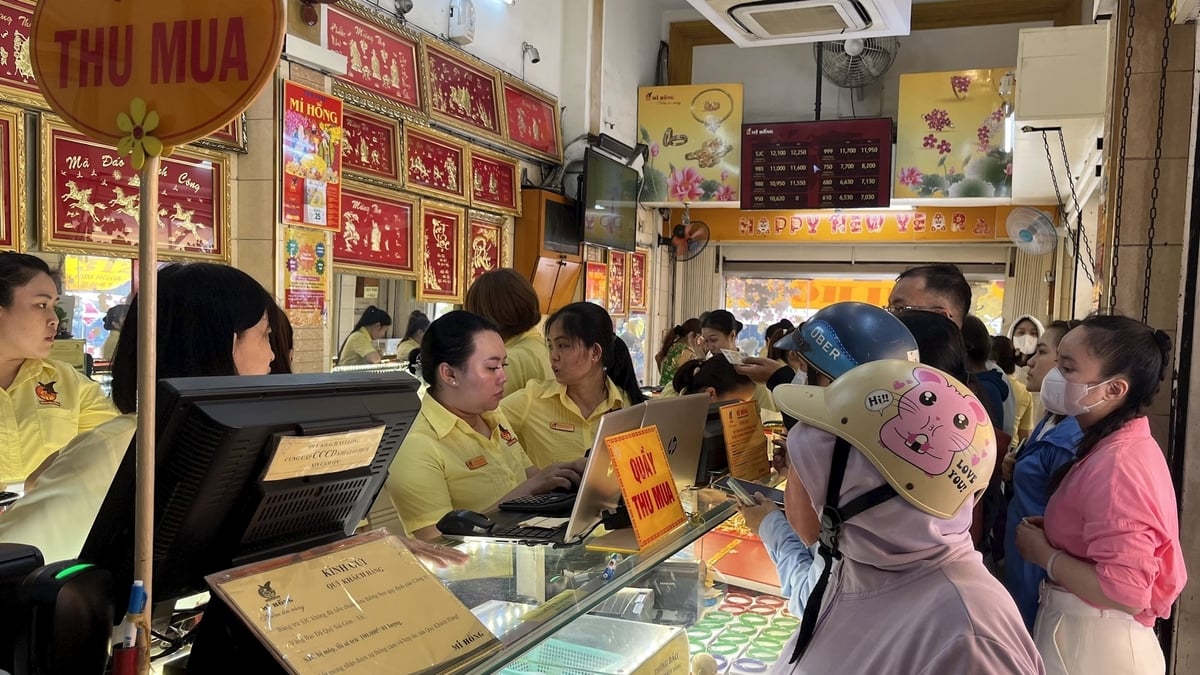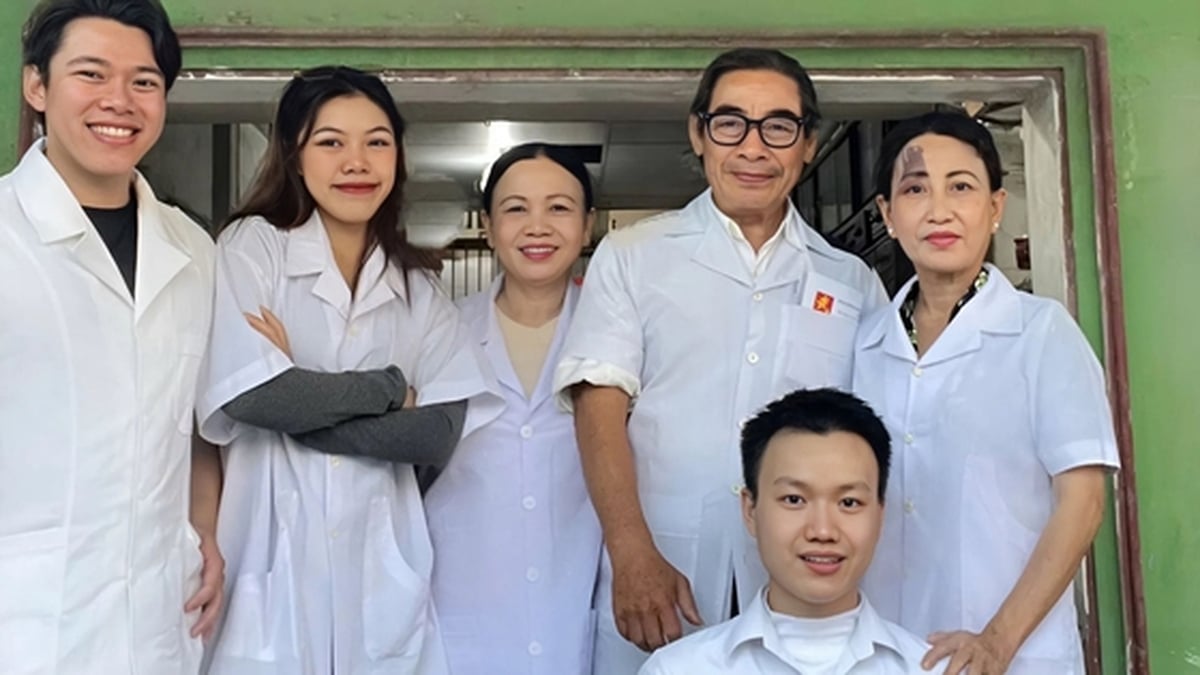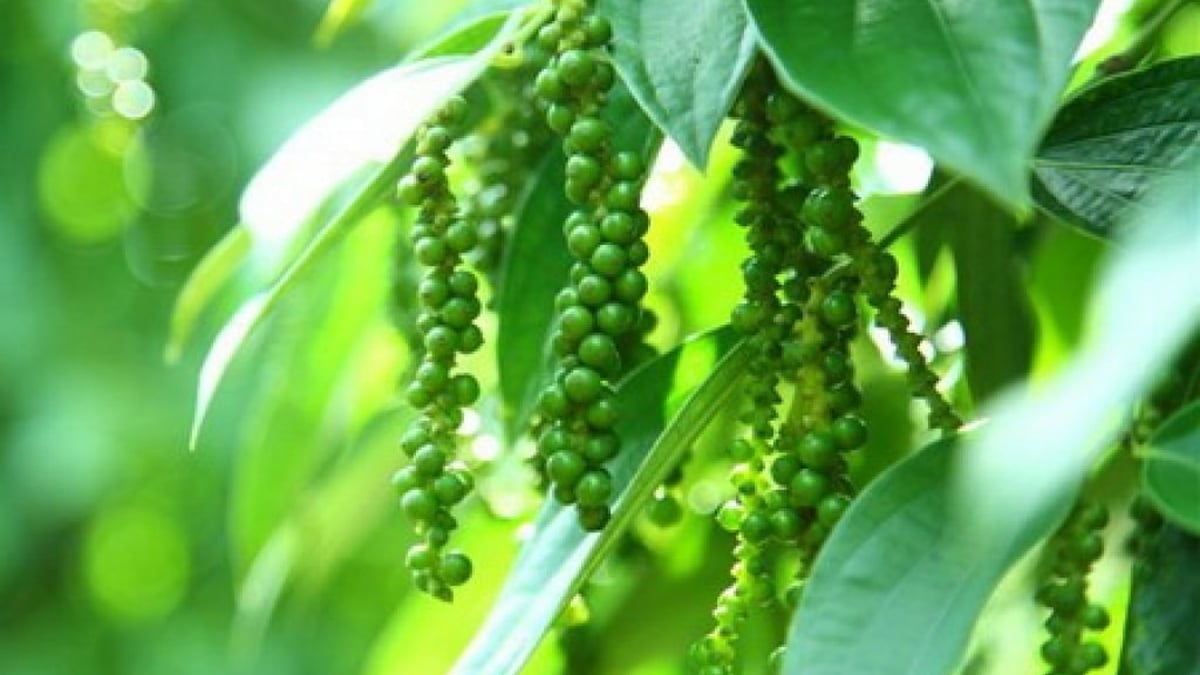 |
| Despite possessing a large volume of artifacts and works, the Hue Museum of Fine Arts's storage facility is limited in terms of area and equipment. Photo: BTMT |
Difficulty in storage
The Hue Museum of Fine Arts was established over 5 years ago and has become a cultural destination that attracts domestic and foreign tourists. Although it stands out for its many contributions to the development of culture and art, behind that are the concerns of the museum staff here. Currently, the Museum is operating two art centers, Le Ba Dang and Diem Phung Thi, on Le Loi Street, along the southern bank of the poetic Huong River (Thuan Hoa District). The space for displaying fine art works is still being searched for, so the fine art works collected over the years still have to be kept in storage.
Along with the permanent collections, in recent times, the Hue Museum of Fine Arts has focused on displaying art exhibitions, promoting Hue culture and art; at the same time, diversifying and innovating both the content and the form of organization, and the display solutions, creating attractiveness and novelty to attract the public and tourists. It is impossible not to mention the cooperation with travel companies and tour operators to bring more and more tourists to visit, as well as combining learning and experience programs for students.
Behind these activities, according to Ms. Dinh Thi Hoai Trai - Director of Hue Fine Arts Museum, to maintain and operate the museum, there are many quiet backstage steps. Among them are the work of archiving, inventorying and preserving works.
Despite possessing a large volume of works and documents, the museum's current warehouse located in two art exhibition spaces Le Ba Dang and Diem Phung Thi has an area of only 100m2 with the number of storage up to nearly 2,500 documents, works and artifacts. This actually does not meet the requirements for preservation and storage.
“We encountered many difficulties in the process of carrying out the storage task, from classifying and arranging each warehouse according to material and type to ensuring storage conditions in terms of temperature and humidity, as well as suitable shelves and racks for arranging works and artifacts scientifically,” Ms. Trai shared.
Need a standard facility to preserve works
Speaking more about the preservation work, the head of this Museum said that the Museum is currently preserving works in two modes: regular and periodic. This ensures good preservation of the works, reducing the direct impact of natural and human factors. At the same time, the organization conducts surveys to assess the current status of the works of artist Le Ba Dang, sculptor Diem Phung Thi, Hue fine arts works that have been moldy, peeled and develop plans, implement the preservation and maintenance of the works periodically every year. This work is also coordinated with experts in the preservation of works to implement preservation measures according to each type of material.
Faced with the limited storage capacity, the Museum has managed to use two types of storage: storage under required temperature conditions and storage under normal temperature conditions. Objects arranged according to the material of the work such as oil paint, paper, silk, etc. will be placed in the storage under required temperature conditions with a dehumidifier system, temperature and humidity meter, air conditioner, and metal shelf system. Meanwhile, objects made of bronze, stone, ceramic, aluminum, and wood will be placed in the storage under normal temperature conditions.
Ms. Trai believes that in the long term, investing in a storage system is very important and urgent. Therefore, the unit has recommended that all levels arrange facilities for warehouses to ensure the storage and preservation of works. “In addition to warehouses, it is necessary to invest in specialized equipment and machinery for the preservation of works such as: shelves for paintings with rails, shelves with levels, air conditioners, dehumidifiers, thermometers, hygrometers to ensure environmental conditions, temperature, humidity, light, etc. suitable for the preservation of works of art,” Ms. Trai said.
Along with the storage work, it is also extremely urgent to invest in innovation to improve the quality of displays and apply modern technology in museum display innovation to attract domestic and foreign tourists. In addition, it is necessary to invest in technology applications in protecting and controlling the display environment, temperature and humidity sensors and night vision devices to control the security and safety of the exhibits to ensure they are not stolen.
Source: https://huengaynay.vn/van-hoa-nghe-thuat/lo-chuyen-kho-bao-quan-luu-tru-tac-pham-nghe-thuat-151586.html


































































































Comment (0)